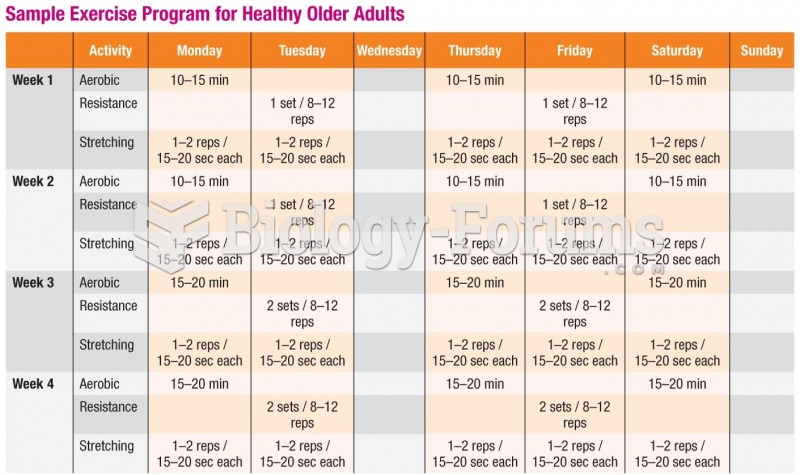Answer to Question 1The amount of ration given to the pregnant female should increase as her weight increases. Her weight
normally starts to increase about the fourth week of pregnancy, and just before giving birth, she may be
consuming 35 to 50 percent more food than before. She should be fed in three or four evenly spaced meals
to avoid the discomfort that one large meal may cause. Modern commercial food provides an adequate and
balanced ration during pregnancy, and supplemental feeding should not be needed.
Following whelping, the female will need two to three times as much food as before. This should be given
in three or four meals per day. The ration should be the same as has been provided throughout the pregnancy.
Beginning at about three weeks of age, the young puppies will begin to lap food from their mother's food
bowl, and the owner will need to consider weaning the pups. This can be done gradually as the puppies begin
to consume more solid food. Remove the puppies from the mother during the day, and increase the amount
of solid food given to the puppies. Weaning should be complete when the puppies are about six weeks of age.
The female can then be returned to her regular maintenance diet.
As mentioned in the previous paragraph, puppies will begin to lap solid food at about three weeks of age.
Puppies can be started on solid food by giving them canned puppy food. Special puppy formulas are high in
protein. Dry puppy food can also be used. One may want to mix some of the puppy replacement milk formulas
that are available with the dry puppy food, or simply soak the food with water for an hour to soften it
before feeding.
The amount to feed a puppy varies depending on its breed. Usually, a puppy should be fed three or four
meals a day. A young puppy must receive enough food to provide its energy requirements and for adequate
growth. Puppies experience their most rapid growth during the first six months of life. One must be careful
not to overfeed the puppy, because the puppy may become overly fat or grow too rapidly. Overfeeding can
lead to obesity and may worsen the symptoms of hip dysplasia and other inherited bone diseases. The bones
of a young, overweight puppy may not be developed to adequately carry excess weight.
As a dog gets older, its metabolism slows down, and its need for calories decreases. Owners must feed
a ration containing adequate protein and nutrients to maintain body condition. One should guard against
overfeeding, which will lead to obesity and cut down on the expected life of the animal. Older dogs should
receive smaller meals, which are easier to digest, several times a day.
Answer to Question 2Three main types of commercial foods are available today: dry, semi-moist, and canned. These differ primarily
in their ingredients and the amount of moisture they contain. The main ingredients in dry foods are corn,
soybean meal, wheat millings, meat, and bone meal. Ingredients in semi-moist foods are corn, meat byproducts,
soybean meal, and corn syrup. Canned foods are of two types: (1) a ration type that contains barley,
meat by-products, wheat grain, and soy flour, and (2) a meat type that contains meat by-products, meat,
poultry, and soy flour. Dry foods contain about 10 percent moisture; semi-moist contain 30 percent; and
canned foods, 75 percent.
Their nutrient compositions also differ. Dry foods contain approximately 23 percent protein, 9 percent fat,
and 6 percent fiber. Semi-moist foods have about 25 percent protein, 9 percent fat, and 4 percent fiber. The
ration-type canned foods contain about 30 percent protein, 16 percent fat, and 8 percent fiber, whereas the
meat-type canned foods contain 44 percent protein, 32 percent fat, and 4 percent fiber. Most foods contain
about the same amount of energy.
Dry foods have the advantage of being cheaper to purchase and convenient to use; they also will not spoil
and help keep the dog's teeth clean.
Answer to Question 3In selecting a specific breed, the following questions should be considered:
Does one want a large or small breed of dog?
Is an active or quiet breed of dog wanted?
What type of hair should the dog have?
What is the purpose of the dog going to be?
What price will have to be paid?







